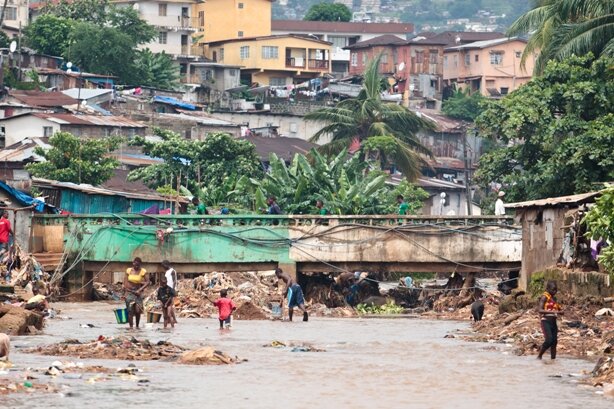We use a lot of numbers to tell the big picture about neglected tropical diseases (NTDs) and it’s easy to forget that often there are real people, with profound stories, behind those numbers. We can talk about how NTDs infect more children than the total populations of the U.S. and Brazil combined. We can tell you that schistosomiasis (snail fever) kills nearly 300,000 people a year – half the global toll of malaria. But until those figures are linked with real people, NTDs remain abstract, even impersonal.
A few months ago, a film crew from BBC captured a story that presented NTDs in starkly human terms. As part of Comic Relief’s Red Nose Day in the United Kingdom, , a 29 year-old woman from Malawi suffering from late-stage schistosomiasis. Ida contracted schistosomiasis by drinking contaminated water from a local pond – her only water supply. She lived in constant pain as parasites multiplied inside her body and slowly destroyed her organs.
What makes NTDs like schistosomiasis even worse is the collateral damage they have on families. Parents become so weak that they cannot work or care for their children, while kids with NTDs often miss out on educational opportunities that could help them break free of poverty. In the video, Ida revealed that she had a two year old son named Samuel. “I worry a lot because my son is still very young and I worry about how he will be helped if I’m dead,” Ida said.
Ida could not produce milk to feed her son because she was too sick. Instead of milk, she was forced to fill her hungry son’s stomach with the only available resource she had – the dirty, contaminated pond water that bred the parasites slowly killing her.
The BBC film crew took Ida to the hospital, but it was too late to help her. We learned that she had died a few weeks later and that Samuel died shortly after.
Ida’s story alone is enough to convey the severity and reality of the suffering caused by schistosomiasis. But the horrific reality is that thousands of people just like Ida die every year from the same disease. Children are orphaned, communities are devastated and the cycle of poverty continues.
The BBC video inspired Comic Relief to dedicate £100,000 to one of our partners, the Schistosomiasis Control Initiative (SCI), for NTD control in Malawi. That donation will prevent unnecessary deaths by offering treatment to entire communities before it is too late.
Any preventable death, particularly of a child, is difficult to share. This story is one of the hardest we’ve told, but it also strengthens our commitment to protect families from the unnecessary suffering caused by NTDs.




 Neglected tropical diseases (NTDs) were on the agenda this week at the Sixty-fifth session of the World Health Assembly (WHA) in Geneva, Switzerland.
Neglected tropical diseases (NTDs) were on the agenda this week at the Sixty-fifth session of the World Health Assembly (WHA) in Geneva, Switzerland.